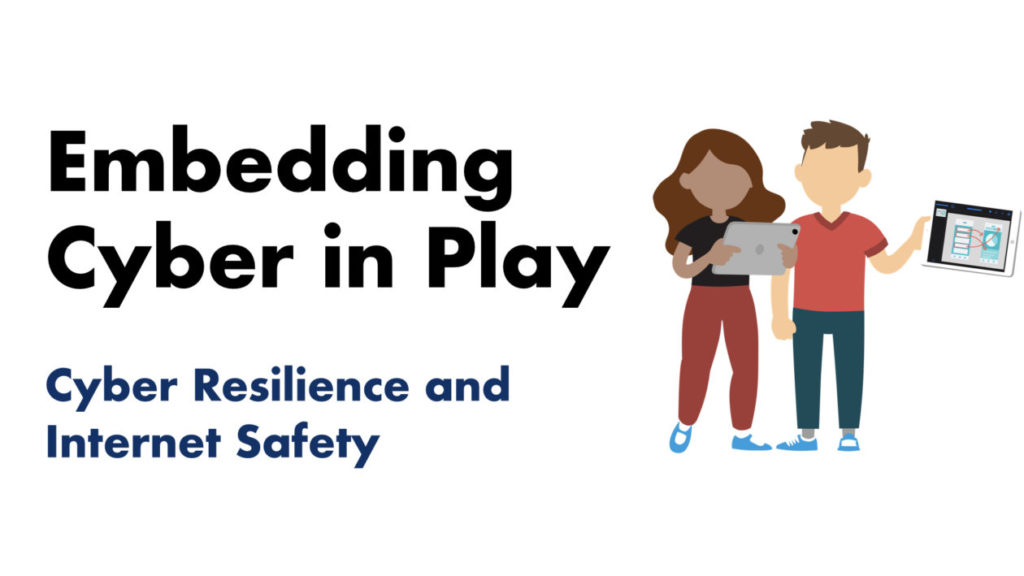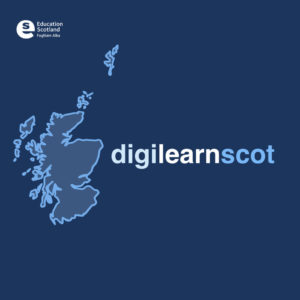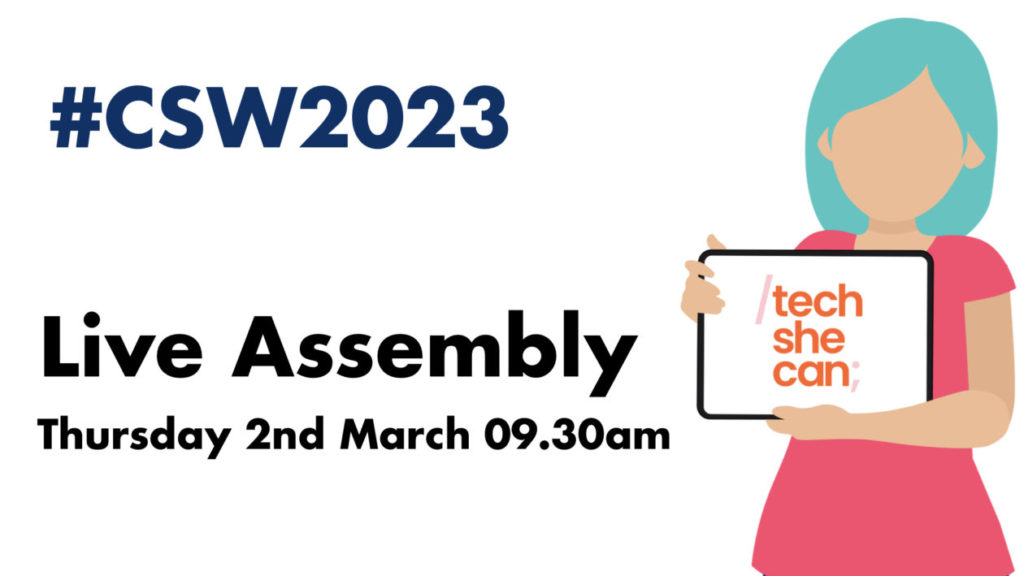Welcome to the This is early level Digital range and spotlight sessions of CLPL.
This CLPL is for all ELC practitioners working with early level learners across a variety of settings in Scotland.
The examples of practice included in the session content will be ELC focused, however this session is for all practitioners working at early level across a variety of settings.
A Glow login is NOT required to join the sessions.
Sign up via Eventbrite and receive a join link to an online meeting within Microsoft Teams.
This is early level Digital ( a four-part programme and currently a RIC offer, please speak to your local authority digital lead to note your interest).
Spotlight on early level Digital: Transitions.
Spotlight on early level Digital: Outdoor Digital
This is early level CRIS (a three-part programme)








You must be logged in to post a comment.